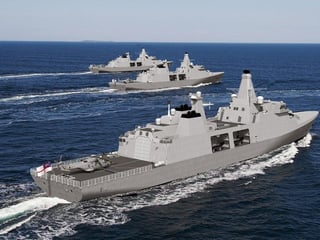Royal Navy medic honoured for role in fighting coronavirus on HMS Queen Elizabeth
This article contains affiliate links. We may earn a small commission on items purchased through this article, but that does not affect our editorial judgement.
and live on Freeview channel 276
Chief Petty Officer Naval Nurse Andrew Cooper has been made an Associate of the Royal Red Cross for his determined efforts battling Covid-19 this year.
Speaking of his award, the 36-year-old said: ‘I couldn’t believe it at first. It will be exciting when I can let people know, having to hold off since finding out has been tough. I cannot wait to tell them.’
Advertisement
Hide AdAdvertisement
Hide AdAndrew was instrumental in testing hundreds of sailors for the virus on Portsmouth-based HMS Queen Elizabeth in April, when the outbreak first hit the £3.2bn aircraft carrier.
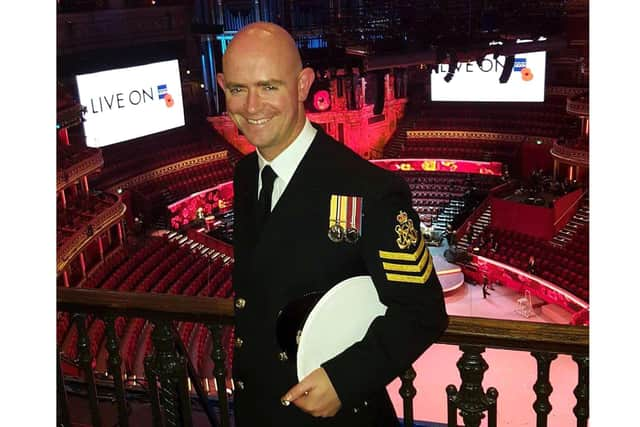

With the aircraft carrier due to deploy for training, he had to come up with a system to test all 800 of her sailors – a feat he repeated in September ahead of F-35 stealth jets trials.
On his work on the carrier, his citation said: ‘It was largely due to CPONN Cooper’s experience, dedication and hard work that the ship had been able to go to sea safely with the confidence they could deal with all eventualities.’
Away from the ship, Andrew showed his expertise and leadership in the emergency department of Queen Alexandra Hospital, in Cosham, leading his NHS and military colleagues in the midst of the Covid pandemic.
Advertisement
Hide AdAdvertisement
Hide Ad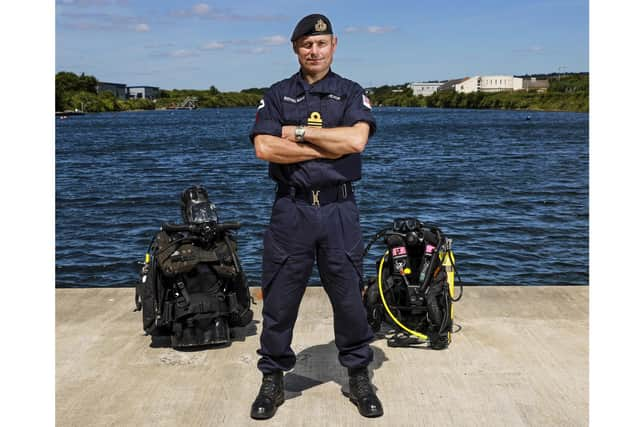

Using his naval background, he helped set up additional resuscitation rooms at short notice and helped give extra training to junior staff in assisted intubation and the use of non-invasive ventilation – medical care often required for coronavirus patients.
He also helped colleagues on working in full personal protective equipment (PPE) and led the re-design of the hospital’s emergency department.
The senior rating said: ‘It is quite unique that I was able to use my skills both on a carrier like Queen Elizabeth and on the frontline of the NHS. But I couldn’t have done it by myself. None of it would have happened if it wasn’t for the whole team.’
Andrew is among nearly two dozen personnel from the Senior Service to be honoured by the Queen this year.
Advertisement
Hide AdAdvertisement
Hide Ad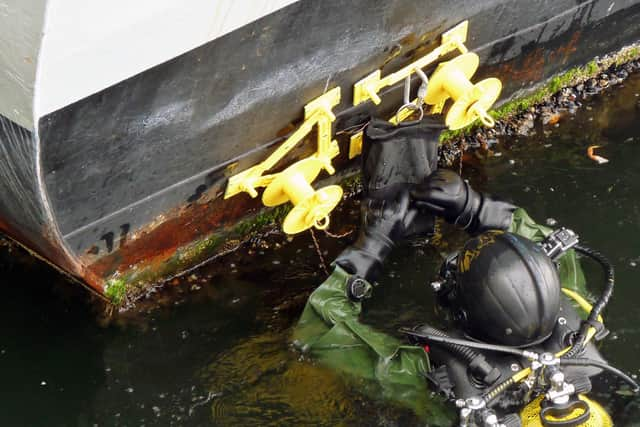

Also featured on the list is one of the navy’s most experienced bomb disposal experts, Lieutenant Commander Sean ‘Central’ Heaton, who received an MBE for his leadership.
Lt Cdr Heaton heads up bomb disposal units across Portsmouth and Plymouth, with teams taking care of almost 18,000 items, ranging from bombs and mines, to torpedoes, hand grenades, mortars and improvised explosive devices.
Among the most high-profile tasks during his two-and-a-half year spell in charge of the Southern Diving Group was a 500lb Luftwaffe bomb found in February 2018 on the bottom of London’s King George V Docks – next to London City Airport.
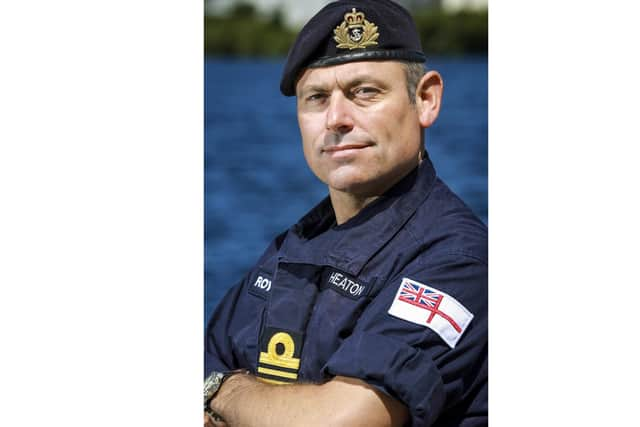

His citation said: ‘He relentlessly delivered very-high-tempo operations, above and beyond that expected of his rank and his peers, with an admirable dedication to his people.
Advertisement
Hide AdAdvertisement
Hide Ad‘His devotion, commitment and professional ability has been extraordinary, and he most strongly deserves official recognition.’
The 30-year naval veteran said he was honoured to have been singled out, and added: ‘This decoration is as much a recognition of the brave, dedicated and immensely professional men and women that were under my command during my time in Southern Diving Group.’
Looking for the latest Royal Navy updates from Portsmouth? Join our new Royal Navy news Facebook group to keep up to date.
A message from the Editor, Mark Waldron
The News is more reliant than ever on you taking out a digital subscription to support our journalism.
You can subscribe here for unlimited access to Portsmouth news online - as well as our new Puzzles section.
Comment Guidelines
National World encourages reader discussion on our stories. User feedback, insights and back-and-forth exchanges add a rich layer of context to reporting. Please review our Community Guidelines before commenting.
